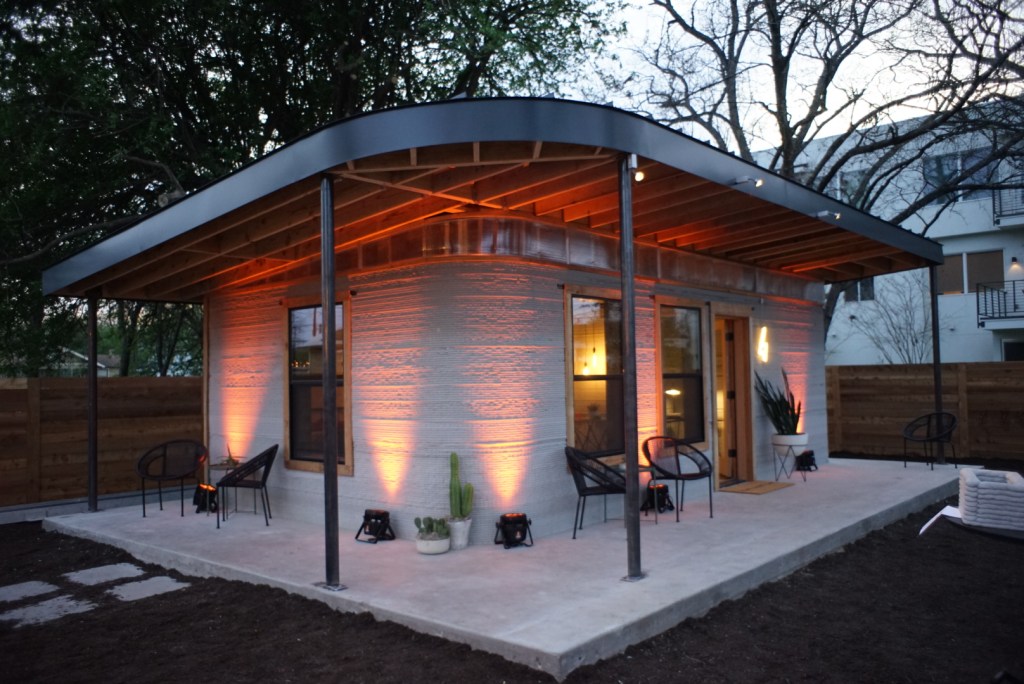Two ongoing stories that have rattled the U.S. housing market continue to present challenges for the entire housing system: chronic inventory shortages and an alarming number of destructive natural disasters stemming from climate change.
A pair of Texas startups hope to put a dent in both of these problems by using 3D printing technology to build homes in Central Texas, according to reporting by the Texas Tribune.
Hive3D – a Houston-based company that has so far constructed six homes – is deploying technology to address the housing inventory crunch, which CEO Timothy Lankau says should never have happened in the first place.
“There’s something of a housing crisis in America, which I think is the stupidest crisis I can possibly imagine, ” Lankau told the Tribune. “With all of the ingenuity and resources we have, as a people, the fact that we can’t figure out a better way to build walls and roofs so that everyone has a nice house seems just baffling to me.”
Still, 3D-printed homes are a novel concept. In 2017, the very first 3D-printed home was built in Yaroslavl, Russia. One year later at the South by Southwest conference in Austin, Texas, a company called Icon debuted its own home 3D printing technology.
Icon is currently building an entire subdivision of homes in the Austin area using its own 3D printing technology.
“We ultimately needed to find ways to build a lot more homes a lot faster. And we landed on 3D printing, using concrete-like material,” said Icon CFO Tom vonReichbauer of that effort to the Tribune. “Advanced robotic construction is the most promising path forward.”
According to information from 3D printing marketplace Nikko Industries, it takes roughly 24 hours to build a small home’s 3D-printed walls.
For larger homes, the process can take 10 to 45 days, depending on the size. Building a single-family home using traditional methods can take six to eight months, according to information from eXp Realty.
Both Hive3D and Icon use alternative methods to build their 3D homes, including “green cement,” which consists of fly ash, a common byproduct from coal-fired power plants.
Traditional concrete is a significant source of greenhouse gases, adding an estimated 8% of the world’s CO2 emissions, according to an academic study published in the Proceedings of the National Academy of Sciences (PNAS) journal.
For the Austin subdivision, sale prices are slightly higher than average but include a lot of support from the community, according to vonReichbauer.
“[The developer] is listing the homes for roughly $470,000 to $579,000; the average cost of a home in Georgetown sits at $459,932,” according to the Tribune story.





